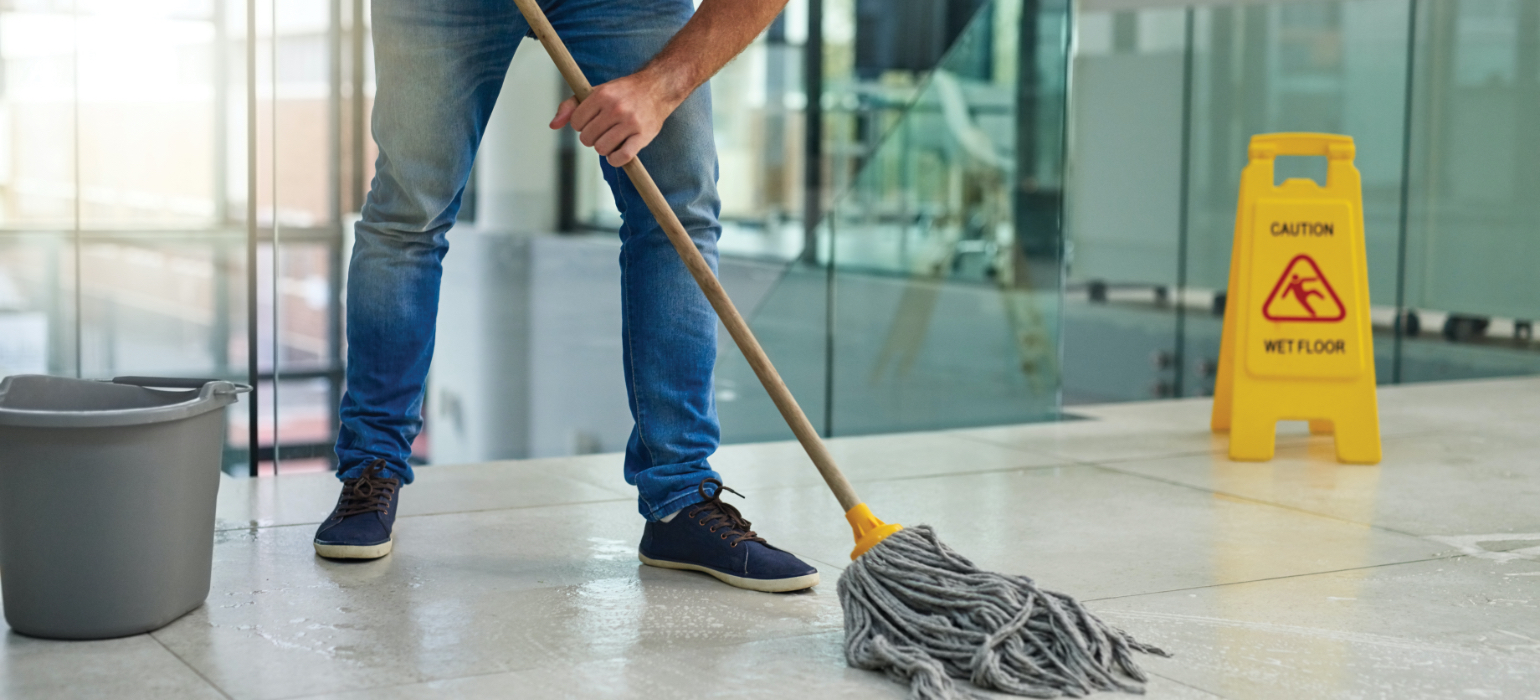Introduction
Drones and RC vehicles have become increasingly popular over the years. They offer endless opportunities for entertainment, photography, and even professional applications. However, like any mechanical devices, these machines require regular cleaning and maintenance to ensure they operate at their best. In this blog post, we will delve into the importance of cleaning and maintenance for your drones and RC vehicles and provide you with the best practices to keep them in tip-top condition.
Why Cleaning and Maintenance Are Crucial
Whether you’re a hobbyist or use drones and RC vehicles for professional purposes, you need to understand why cleaning and maintenance are crucial. Here are some compelling reasons to convince you of their importance:
1. Prolonging the Lifespan: Regular cleaning and maintenance can extend the lifespan of your equipment. Drones and RC vehicles are investments, and you want to make the most out of your money. Neglecting maintenance can lead to premature wear and tear, reducing their longevity.
2. Ensuring Optimal Performance: Clean and well-maintained equipment performs better. You’ll notice improved stability, longer flight times, and better control over your devices. This is especially important if you’re using them for photography, videography, or any professional applications.
3. Preventing Costly Repairs: Neglecting maintenance can lead to minor issues snowballing into major, expensive problems. Regular inspections and maintenance can catch these issues early, preventing costly repairs down the line.
4. Safety: Drones and RC vehicles can pose safety risks if they’re not properly maintained. You don’t want your equipment malfunctioning and causing accidents or damage to property.
Now that we’ve established the importance of cleaning and maintenance let’s dive into the best practices for each.
Cleaning Your Drones and RC Vehicles
Proper cleaning is the first step to keeping your drones and RC vehicles in excellent condition. Here’s how to do it right:
1. Gather Your Cleaning Supplies: Before you start cleaning, make sure you have all the necessary supplies. You’ll need a soft brush, compressed air canister, lint-free microfiber cloths, isopropyl alcohol, and a cleaning solution specifically designed for electronics.
2. Inspect for Debris: Start by inspecting your equipment for any visible dirt, debris, or foreign particles. Remove any loose debris by gently brushing or using compressed air. Be careful not to push dirt into sensitive areas.
3. Wipe Down Surfaces: Use a lint-free microfiber cloth dampened with isopropyl alcohol or a specialized electronic cleaning solution to wipe down the surfaces of your drone or RC vehicle. Pay extra attention to the propellers, camera lenses, and sensors.
4. Check for Damaged Parts: While cleaning, keep an eye out for any damaged or worn parts. This includes cracked propellers, loose screws, or frayed wires. These issues can be addressed during the maintenance phase.
5. Battery Care: If your equipment uses rechargeable batteries, check them for signs of swelling or damage. If you notice any issues, replace the batteries promptly.
6. Storage: After cleaning, store your drones and RC vehicles in a cool, dry place. It’s a good idea to invest in a protective case or bag to keep them safe from dust and physical damage when not in use.
Maintenance Practices for Drones and RC Vehicles
In addition to regular cleaning, you should perform maintenance tasks at regular intervals to keep your equipment in peak condition. Here are some essential maintenance practices:
1. Check and Tighten Screws: Over time, vibrations and impacts can cause screws to loosen. Use a small screwdriver or wrench to check and tighten any loose screws, particularly on the frame and propellers.
2. Lubricate Moving Parts: Drones and RC vehicles have various moving parts like gears and bearings that benefit from lubrication. Use a specialized lubricant designed for remote-controlled vehicles to keep these components running smoothly.
3. Calibration: Many drones and RC vehicles have calibration processes for their sensors and GPS. Follow the manufacturer’s guidelines to calibrate your equipment regularly to ensure accurate flight and navigation.
4. Firmware Updates: Keep your equipment’s firmware up-to-date. Manufacturers often release updates to improve performance, add new features, and fix bugs. Regularly check for updates and install them as needed.
5. Motor Maintenance: Motors are critical components of your devices. Check for wear and tear on motor bearings and replace them as necessary. Cleaning and lubricating the motors can also help maintain their performance.
6. Replace Damaged Parts: If you find any damaged or worn parts during cleaning or maintenance, replace them promptly. Using damaged components can lead to poor performance or even accidents.
7. Test Your Equipment: Before each flight, perform a pre-flight check to ensure everything is working correctly. Test the motors, sensors, and remote control to prevent any unpleasant surprises in the air.
Conclusion
Cleaning and maintenance are vital aspects of responsible drone and RC vehicle ownership. By following these best practices, you’ll not only prolong the life of your equipment but also ensure it performs at its best, enhancing your flying and driving experience. Remember to refer to your equipment’s user manual for specific maintenance instructions, as different models may have unique requirements.
Taking the time to clean and maintain your drones and RC vehicles is a small investment that can save you time, money, and the frustration of equipment failure. So, make it a regular part of your hobby or profession and enjoy many hours of trouble-free operation. Your drones and RC vehicles will thank you for it!



